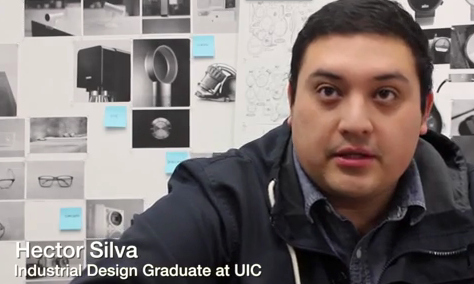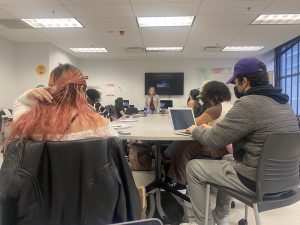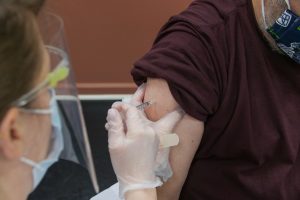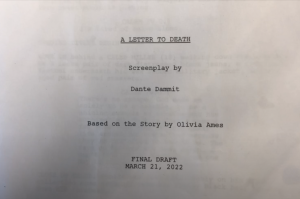https://www.youtube.com/watch?v=UAbi8qZ5gZY
Hector Silva awoke early one spring morning to a phone call from his brother. Silva answered the call and was devastated by what he heard on the other end. There had been complications with his sister-in-law’s pregnancy and the little girl she had delivered the night before had died.
“I had a really hard time understanding why something like that would happen to a relatively healthy person, which my sister in law was and still is,” says Silva, 28.
That summer Silva was accepted into the graduate design school at The University of Illinois at Chicago. Because UIC is a research based institute, he knew that his thesis would have to be heavily supported by data, statistics and trends. Silva took it upon himself to research the different issues and complications that could contribute to child loss at birth and found that gestational diabetes was among the top pregnancy risks. Although his sister-in-law hadn’t had gestational diabetes, he was extremely interested in helping women who did.
Through his research, Silva learned that gestational diabetes, a form of diabetes that can arise during pregnancy, is one of the top pregnancy complications. According to Mayo Clinic, some of the risks associated with gestational diabetes that affect the baby are: excessive birth weight, preterm birth and respiratory distress syndrome, hypoglycemia and type 2 diabetes later in life. Gestational diabetes that goes untreated can also result in a baby’s death.
“I wanted to create a type of token that the pregnant women could use to help them with their gestational diabetes,” says Silva. “Being diagnosed can be very emotional and traumatic.”
His thesis project, which he has been working on for the last two years at UIC, is a prototype piece of wearable tech jewelry that helps women manage their gestational diabetes better. The piece, which has a concave diamond shape and a roughly 2 inch circumference, can be worn as a necklace or pin.
The technological side of Silva’s design allows women to check their diabetes with a discrete finger scanner located in the back. This finger scanner would coincide with an iOS app that then sends alerts to and from the piece, records information and tracks progress, give tips to help manage the diabetes and sends the woman’s health care professionals and selected love ones medical updates if she so chooses.
Silva is currently raising money for his thesis project on the crowdfunding site Go Fund Me. So far he’s raised $100 of his $5,000 goal. The money that he receives from Go Fund Me will go towards the production of “high resolution prototype models, a working model, a working application for iOS and a video documenting the user experience.”
Silva has found a great deal of encouragement from his colleagues, professors, friends and family. His sister-in-law has been especially supportive. She’s currently pregnant again and has been a go-to source for Silva to learn about what women need and want when their pregnant.
“As a designer you can’t really answer questions, like ‘why did this happen?’ says Silva. “But maybe there’s other ways that you can do that can educate or make an impact, some kind of impact.”
His ultimate goal, and what drives him to continue doing what he does, is to get his product to the women who need it most. At the end of the day he doesn’t care about the money that may come from creating this product; he just wants to make a difference.
















Be First to Comment